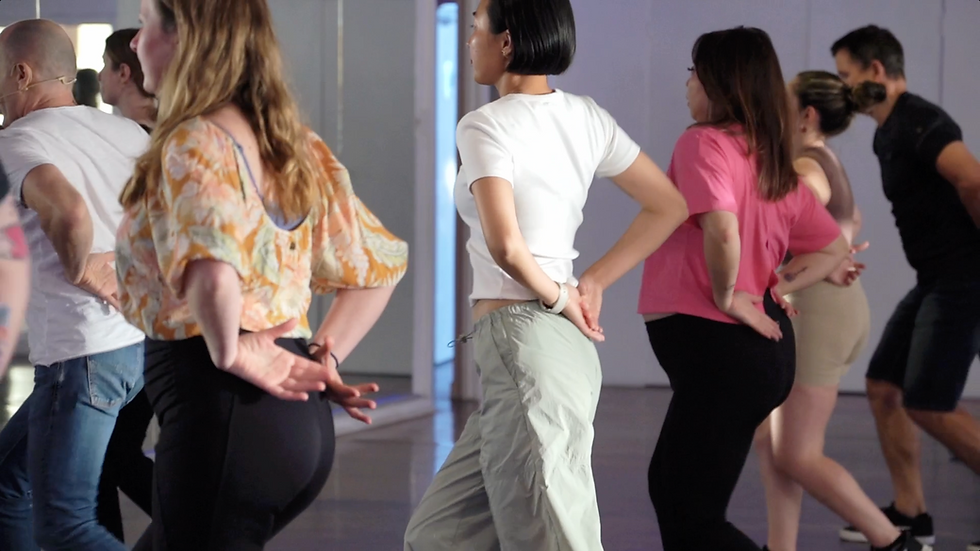The Secrets of Salsa Timing
- Salsa Latina
- Feb 24, 2024
- 2 min read
Salsa dancing is often described as a passionate conversation between two partners set to the infectious rhythms of Latin music. At the heart of this captivating dance form lies a crucial element that can make or break your performance: salsa timing. Salsa timing is the invisible thread that weaves dancers seamlessly into the music, transforming mere steps into a mesmerising dance experience.

Salsa Rhythm:
Salsa music, with its pulsating percussion, horn sections, and intricate melodies, might seem intimidating to the uninitiated. However, understanding its rhythms is like deciphering a musical code that unlocks the true essence of salsa dancing.
1. The Salsa Beat:
At its core, salsa music revolves around a basic rhythm pattern known as the clave. The clave sets the foundation for the entire dance. There are two main types: the (3-2) and (2-3). Each type has a distinct feel and is used in different styles of salsa. Recognising the clave pattern is one of the many way to understanding salsa timing. Additionally, novice dancers benefit in recognising the downbeat, which is characterised by the prominent pulse in the Salsa rhythm, typically accentuated by the main strike in the cowbell and guiro. This rhythmic emphasis occurs on beats 1, 3, 5, and 7, providing essential structure to the dance.
2. Finding the 1:
In salsa music, you'll often hear the phrase "finding the 1." This refers to identifying the first beat of the musical phrase, which is also the starting point for your dance steps. The ability to find the one is crucial for staying in sync with the music.
3. Counting in Salsa:
Salsa is 4/4 timing, it's often counted in sets of eight, with dancers breaking their movements into "quick-quick-slow" patterns within each count. Normally counted out in Salsa on1 as '123-567' 4/4 would cover 2 sets of 8 counts or 16 counts total. This counting system helps dancers stay on beat and execute their steps with precision.
4. Syncopation and Musicality:
Salsa music is filled with syncopated rhythms, where accents fall between the main beats. Embracing syncopation in your dance adds depth and musicality. It's the art of playing with the music, hitting those off-beats with flair, and creating exciting, unexpected moments on the dance floor. A great place to explore these syncopations is in footwork in Salsa Shines (Solo dancing)
In the world of salsa dancing, timing is your dance partner, guiding your every move and allowing you to connect with the music on a profound level. By unlocking the secrets of salsa timing, you transform yourself from a dancer into a storyteller, interpreting the music and expressing your emotions through every step. Whether you're a beginner taking your first salsa class or an experienced dancer looking to refine your skills, understanding the rhythms of salsa will elevate your dancing to new heights. So, embrace the challenge, feel the music in your heart, and let the dance carry you to the irresistible rhythms of salsa.


Check out our Salsa Spotify Lists in the Members section, start listening to as much Salsa as you can to connect with the music more, which in turn will help your dancing massively